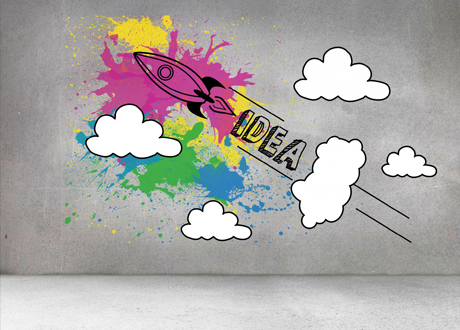The Three Roles You Need to Have on Your Innovation Team
No matter the decade in which you grew up, the future promised one thing: flying cars. And yet generation after generation has been disappointed as our technological progress that has given us everything from angry birds to nanotechnology, but… still no Bladerunner vehicles.













